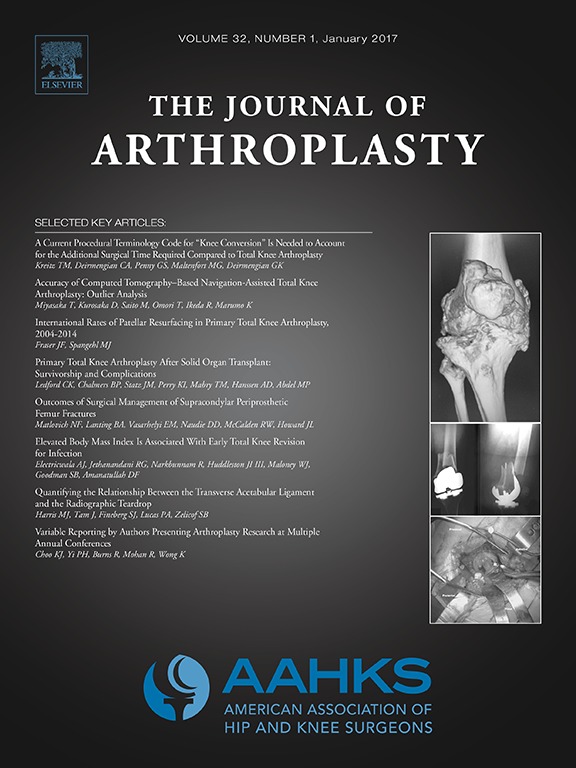
ARTHROPLASTY
Similar 2-year outcomes between high-flex and standard devices in bilateral TKA
J Arthroplasty. 2016 Apr;31(4):802-850 patients scheduled for simultaneous bilateral total knee arthroplasty had one knee randomized to replacement with a high-flexion, posterior-stabilized LOSPA total knee system, and one knee randomized to replacement with a standard, posterior-stabilized P.F.C. Sigma total knee system. The purpose of this study was to determine if the LOSPA device offered significantly increased knee flexion and improved clinical outcome scores compared to a standard P.F.C. Sigma device, with no significant differences in radiographic alignment or development of radiolucency. After 2 years, no significant differences between groups were observed in all assessed outcomes.
Unlock the full ACE Report
You have access to {0} free articles per month.Click below to unlock and view this {1}
Unlock NowCritical appraisals of the latest, high-impact randomized controlled trials and systematic reviews in orthopaedics
Access to OrthoEvidence podcast content, including collaborations with the Journal of Bone and Joint Surgery, interviews with internationally recognized surgeons, and roundtable discussions on orthopaedic news and topics
Subscription to The Pulse, a twice-weekly evidence-based newsletter designed to help you make better clinical decisions
Exclusive access to original content articles, including in-house systematic reviews, and articles on health research methods and hot orthopaedic topics
Or upgrade today and gain access to all OrthoEvidence content for just $1.99 per week.
Already have an account? Log in


Subscribe to "The Pulse"
Evidence-Based Orthopaedics direct to your inbox.
{0} of {1} free articles
Become an OrthoEvidence Premium Member. Expand your perspective with high-quality evidence.
Upgrade Now












































































